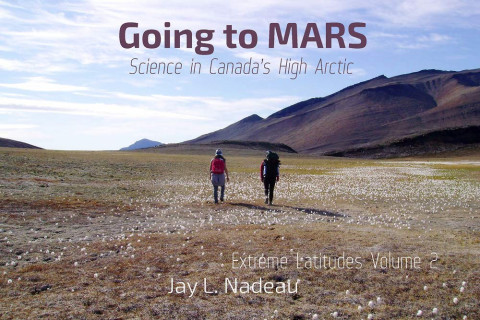
About the Book
The McGill Arctic Research Station on Axel Heiberg Island, Nunavut has been operating continuously since 1960, and its name is more than a coincidence: this outpost at 79º26′ North latitude is about as close as we can get to Mars on Earth. Getting there, living there, and doing research there are all adventures that the reader can experience from the comfort of home. The scientists who make the journey, sometimes each summer for decades, study the climate of this fascinating region, its flora and fauna, and its microfauna: the bacteria and protozoa that are the only inhabitants of much of the area. Their work tells us about the history of this planet, and about how best to search for microbial life elsewhere in the Solar System. The photos in the book show not only the scenery at the macroscale, but also visit the microscopic world to examine the lifeforms that dominate extreme environments. Glaciers, wolves, Arctic hare, willow, and Thiomicrospira: this land uninhabited by humans and dark 4 months of the year is a surprise of biodiversity. Travel to MARS, and you may begin to believe in life on Mars.
About the Author
Jay Nadeau is a professor of physics at Portland State University, specializing in the development of new techniques and instruments for imaging bacteria in extreme environments, including in space and inside the human body. See her professional website here and her Amazon author page here.

